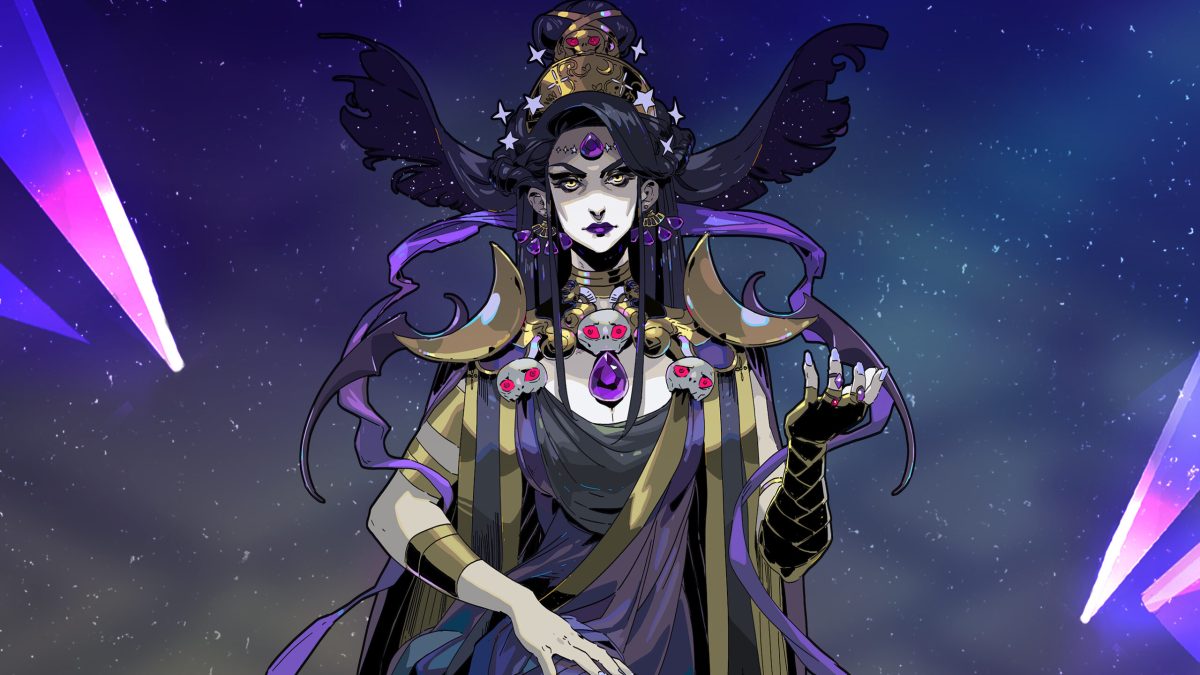So you wanna be a D&D nerd huh? Welcome to the club.
You’ve chosen Dungeons and Dragons over Pathfinder and you’ve poured over the tome-like rulebook to learn all the ins and outs. You’ve created a cool character. You’ve given them a sexy backstory. You’ve inspired them with lofty goals of adventure. But there’s one thing you haven’t quite wrapped your head around: alignment. Chaotic good? Neutral Evil? Lawful neutral? This is all so overwhelming. You just came out to yourself and your friends as a DnD nerd and now you have to put a label on it? Why does your character need a label? Can’t they just love who they wanna love? Kill who they wanna kill? Adhere to whatever moral code they want to adhere to? All this stress about alignment is making you think that maybe you should give it all up and pretend to be a normie again. But no, you can’t do that. You’ve come this far. It’s time for you to be who you are, and for your character to be who they are. You deserve it.
But how are you gonna label yourself? Lucky for you, we’ve got a handy guide.
The spectrum(s) of alignment
Essentially, character alignment is a spectrum. Your character falls somewhere along that spectrum depending on their own internal moral compass. Your character’s actions dictate their alignment and not the other way around. Not unlike the other spectrums in this world, there are actually multiple spectrums at play here when it comes to alignment.
Think of character alignment as an X and Y chart. Don’t panic, but you’re gonna need a little bit of math thinking if you wanna understand this game. The dice rolls alone will make your life hell if you ignore math. So on the X part of the alignment chart, your character will fall somewhere between Lawful, Neutral, and Chaotic. On the y part of the spectrum, your character will fall somewhere between Good, Neutral, and Evil. So what do these terms mean? And why is neutral repeated twice? Let’s dig in.
Rule-follower or rebel?
The X-axis alignment of Lawful, Neutral, and Chaotic represents your character’s relationship with external sources of morality. These could be government laws, religious codes, or tribal rules. A Lawful character will always act in accordance with one or more of these external sources of morality. A Lawful soldier will follow the orders of his king because he believes that they are the most beneficial to his well-being. A Lawful Paladin will abide by the rules of their patron deity or perhaps to an organized religious order, believing it to be the best option with regards to ensuring their well-being and the well-being of others. A Lawful Barbarian may be sworn to the customs and traditions of their tribe or clan, believing that their tribal laws supersede all others.
Meanwhile, a Neutral character on the X-axis will not necessarily be beholden to any source of external morality, but will also be disinclined to willfully break it. A Neutral Druid may keep to herself living in the woods and skimp on taxes, but may believe that her kingdom’s rule of law is beneficial to maintaining order.
Lastly, there are Chaotic characters on the X-axis. These characters actively spurn outward sources of morality, and march to their own drum. A Chaotic Ranger might believe that kingdoms are inherently oppressive, and steal from corrupt lords in order to give to the poor. A Chaotic wizard may believe that the ethical laws of the kingdom prevent them from pursuing dark magical arts, and will rebel against those laws in order to seek out greater sources of power.
Your moral compass
Moving on, we have the Y-axis of Good, Neutral, and Evil. These terms define a character’s own internal moral compass. Basically, it is the shape of their soul. A Good character acts toward the betterment of others and spurns Evil deeds. A Neutral character may not revel in doing acts of Evil, but won’t hesitate to get their hands dirty if it’s for the betterment of themselves or their loved ones. An Evil character acts villainously and with disregard for basic moral decency in order to further their own ends.
All of these y-axis alignment types are combined with an x-axis alignment type in order to determine how a character acts. A Chaotic Neutral rogue will steal from the rich and poor alike without regard to the law. After all, she has to put bread on the table somehow and look out for number #1. However, she might balk at taking a murder-for-hire job because it crosses an internal moral boundary. A Neutral Good fighter may not be willing to die for king and country, but will likely take up his sword for a group of adventurers on a noble quest. A Lawful Evil bard may use their charm and charisma to ascend through the political ranks of their kingdom while resorting to blackmail, extortion, and murder in order to assure themself a seat of power.
At the center of the alignment chart is True Neutral. This defines a character that is not beholden to a nation or a creed, but does not actively rebel against these ideas. They may lack opinions on morality, yet they act in ways that are neither good nor evil. These characters are hard to define, but they do exist. Their lack of motivation makes them easy to fall victim to a more “observer” roll. For instance, the Ents of Lord of The Rings are True Neutral, as they remain agnostic towards the affairs of the other species of the world. However, their alignment changes after seeing Sauron’s destruction of the forests, and they align themselves with the side of Good.
Let this be a lesson as well that great characters often change alignments throughout their lives. Prince Zuko from Avatar The Last Airbender starts at Lawful evil as he attempts to capture Aang in the name of his tyrannical nation, then becomes Chaotic Neutral after he cuts ties with his nation and family and lives on his own, then Chaotic Good as he rebels against his nation in order to help Aang save the world, and then switches AGAIN to Lawful Good as he ascends the throne of Fire Lord and establishes a morally upright rule of law. Complicated right? All this to say, if Zuko can choose his alignment FOUR TIMES I believe that you have the strength to at least chose it once.
(Featured Image: Paramount)










Published: Jul 30, 2023 06:54 pm